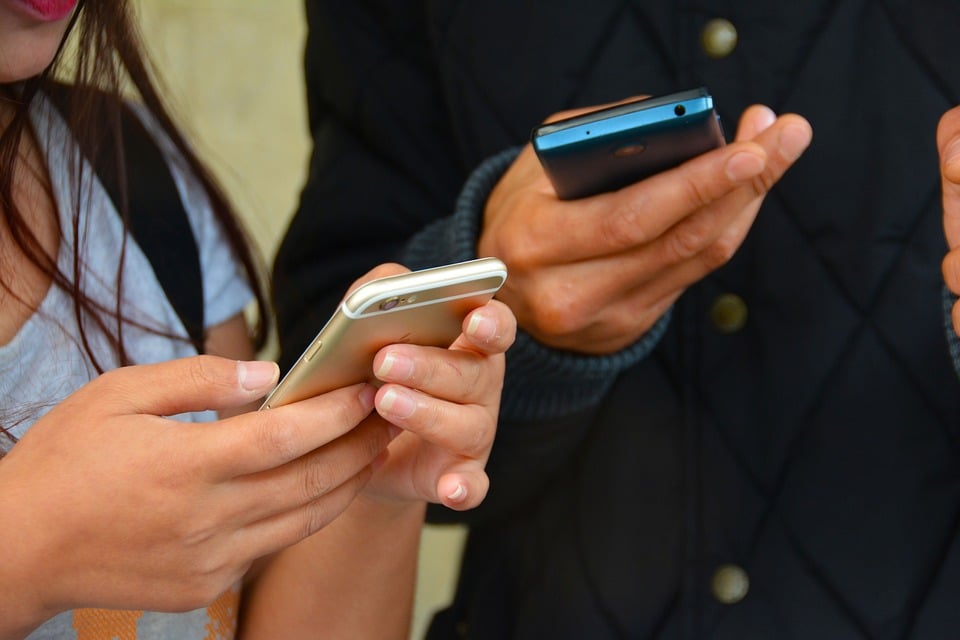Decades ago, people tuned into their radios or TVs when a disaster hit to get a better idea of what was happening. However, both of those mediums rely on reporters who don’t usually relay specifics about the welfare of loved ones. As a result, social media is now taking over as the most prominent resource for disaster response.
Radio and TV broadcasts are still excellent sources of information about a disaster as a whole, but social media allows people to get information at a more local level. Instead of getting a broad brush, they can get an idea of what is happening in their own community or neighborhood, from people that they know. Social media allows those impacted by the disaster to communicate with their loved ones and let them know they are safe.
When Hurricane Sandy hit in 2012, more than 20 million tweets related to the storm appeared on Twitter despite the loss of cell service. Organizations also used Twitter to share information about relief efforts. Additionally, the Pew Research Center reported that a quarter of Americans looked to social media following the Boston Marathon bombing for information about the incident.
As users have become more dependent on social media to provide information, social media companies are making changes to reflect those needs. Since 2014, Facebook has had an option for users to mark themselves as safe in areas affected by disasters using a feature called Safety Check. While these services don’t eliminate the use of government warning systems and emergency services, they provide an additional resource with a worldwide reach.
Social media can also be a resource for businesses that work in disaster response. Companies and other institutions can use social media platforms to disseminate information to employees and stakeholders, distribute emergency notices, and estimate damages based on pictures and information shared on social media. Social media also allows these businesses to reach out to victims and discover what they are most in need of. This kind of data can help the governments in affected areas to understand what is happening in different areas of their respective cities.
If your business plans on using social media during a disaster, it’s essential to pick a spokesperson who will be the point person for your social media account. That way you have someone appropriately presenting accurate information. You will also want to predetermine which platforms you will use and notify employees where they can go to get information. You may also want to follow government accounts so you can share their knowledge with your followers.
While social media is a great resource to use during disasters, remember that it’s important to share only reliable information. Providing hastily gathered, inaccurate information can cause even more stress and panic in an already overwhelming situation. The proper use of social media can be a tremendous benefit in promoting relief efforts and safety for those affected by catastrophes.

